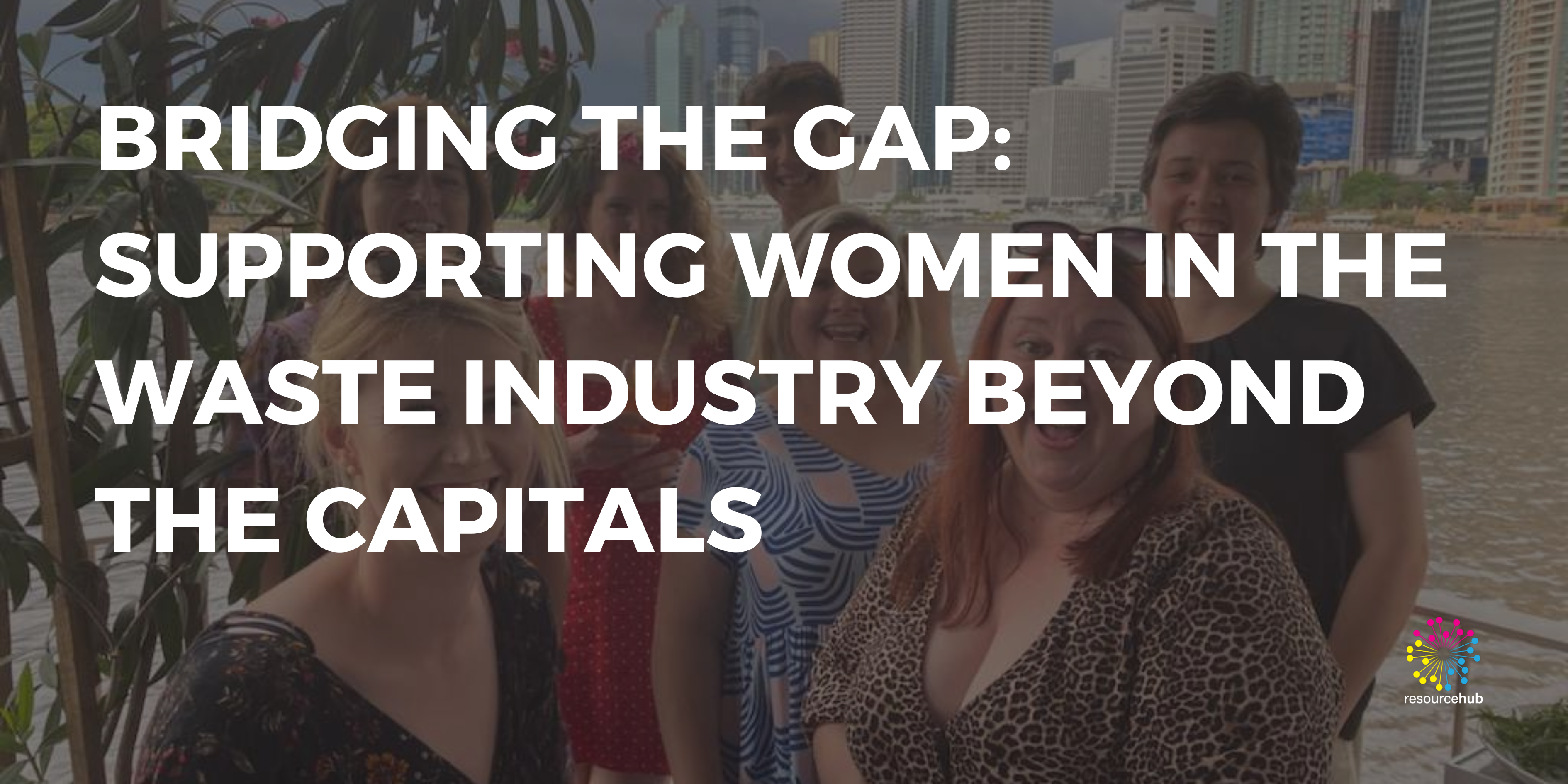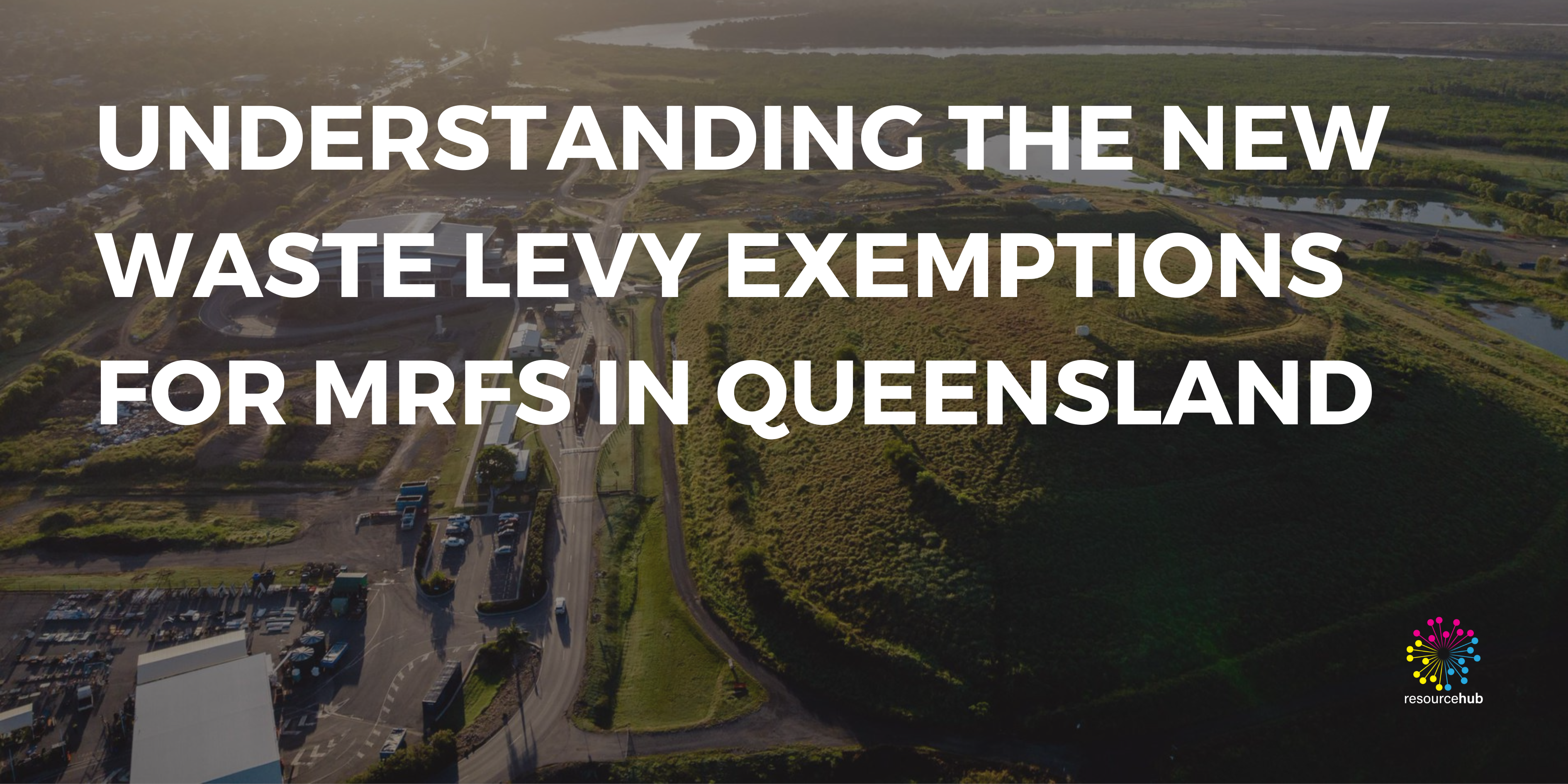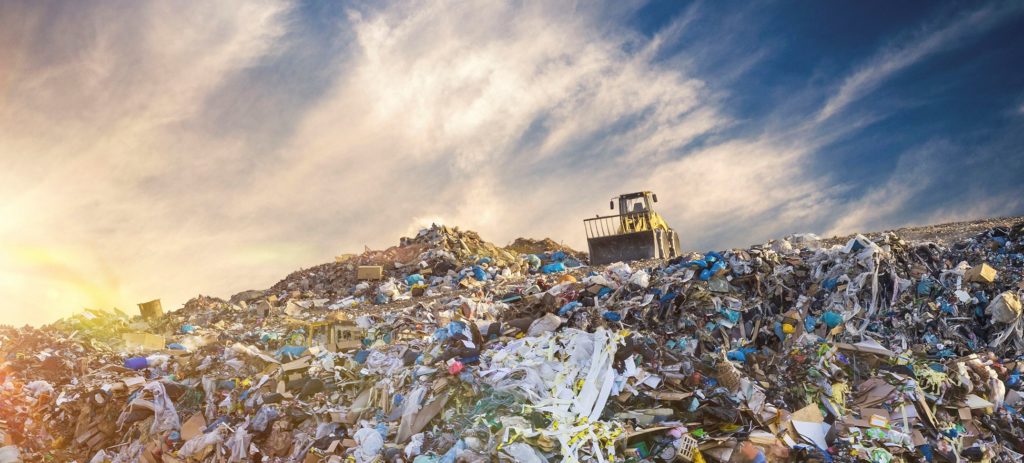Compostable plastic takeaway food packaging and bags have become more and more commonplace as we opt for convenience and businesses take strides to be more environmentally conscious.
There are two main ‘eco’ plastics items that have been popping up a lot in my world lately. The first is takeaway packaging and the second is compostable bags. You’re not alone if you’re a bit confused about which bin to put these in. Let me bring more clarity so you can be confident that you’re making a good choice at the bin.
The general rule is, if a plastic item is compostable, it should NOT go in a yellow or soft plastics recycling bin.
This applies to compostable rigid plastics like your takeaway food containers and it also applies to compostable soft plastic bags like bin liners and produce bags.
Don’t stress though. The recycling industry expect that we will not get it perfect all the time. They are aware that some amount of compostable plastic items will come through their processing facilities. After all, it’s not always easy to tell if the difference between a conventional and a compostable plastic. Please don’t let perfection become the enemy of the good. A few compostable items in the recycling is nothing new to the industry, it just makes their job a bit harder. By you knowing that compostable items don’t belong in your mainstream recycling systems, you’re already ahead of the curve.
How to identify a compostable plastic.
Look out for these labels:

Compostable Labels
The ‘home compostable’ and (commercial) ‘compostable’ logos confirm that an item has been verified as compostable by the Australian Bioplastics Association. I’ve seen these printed on compostable bags and embossed on BioPak coffee cup lids.An item that is ‘compostable’ is not suitable for your home compost bin. These items requires the specific conditions of a commercial composting system to break down. The distinction between ‘compostable’ and ‘home compostable’ ensures that we don’t start filling our home and community compost bins with compostable plastics and end up frustrated when in three months time they haven’t broken down.
PLA Plastic Code
PLA (Polylactic Acid) is a plastic derived from plant material which is generally compostable. Look out for the number seven in the recycling symbol with the letters PLA. I’ve seen this embossed on takeaway cups, lids and bowls.

The 7 indicates that the material is an ‘other plastic’ (according to the plastic code system) so on it’s own the number doesn’t tell us that it’s compostable. To be confident that the item is made from PLA, check for the PLA letters! Then you know that it definitely doesn’t belong in the yellow recycling bin.
The right bin for your compostable plastic.
In an ideal world, next to every recycling bin would be an organics collection bin (for composting). In other words, there would be an easy way for us to drop off our compostable items so that they could be transformed into amazing, nutrient dense compost that would fuel our food supply. In this world, you put your compostable plastic in the organics collection bin.
In Australia, this is not our majority reality. Here are some facts of the reality we do have right now:
- We go through a lot of single use plastic (compostable or not)
- Compostable plastic does not belong in the yellow or soft plastics recycling bins
- Not many places have an organics collection bin
- Many compostable plastics aren’t suitable for home composting
My approach to disposing of single use compostable plastics:
- Home compostable items go in my home compost bin
- One of my local cafés has a BioPak ‘compost’ (organics collection) bin so compostable plastics can go there when I remember to take them
- Remaining compostable plastics go to landfill
- No compostable plastics go in my yellow or soft plastics recycling bin
Thus, there is no one right answer here. I hope I have given you insight to make more informed choices and ask more curious questions about your takeaway packaging and compostable plastics.
The next question here for me is;
Are compostable plastics a better alternative to recyclable conventional plastics?
Curious.





